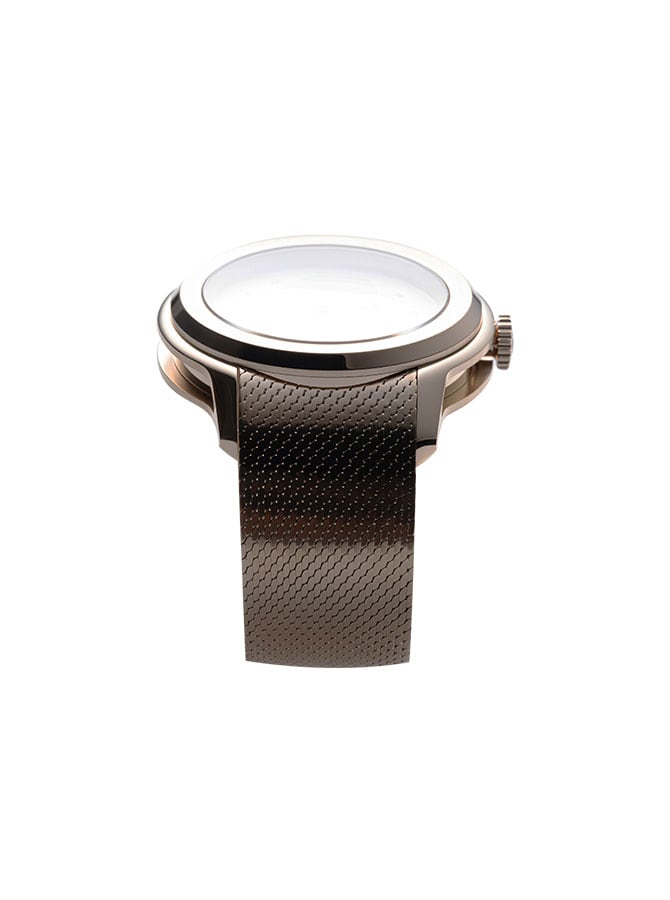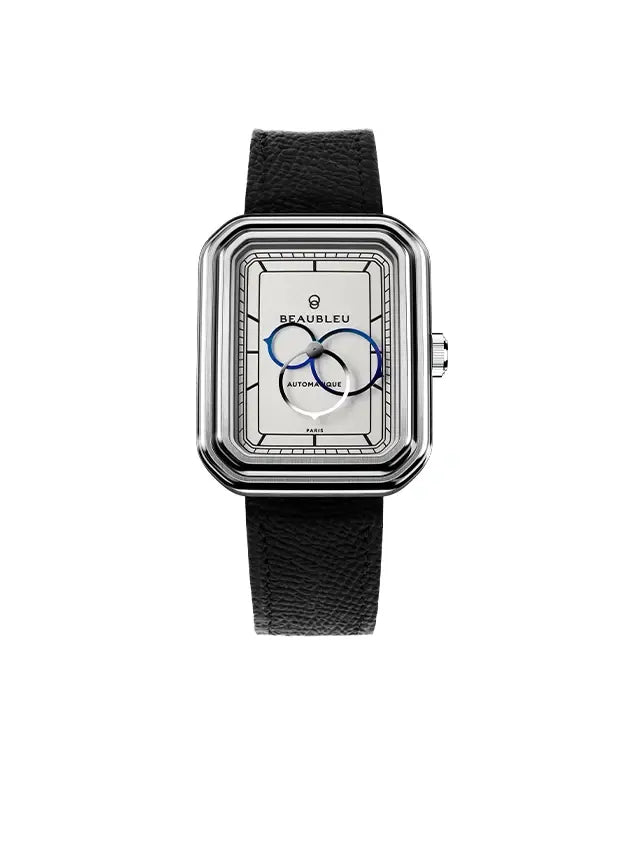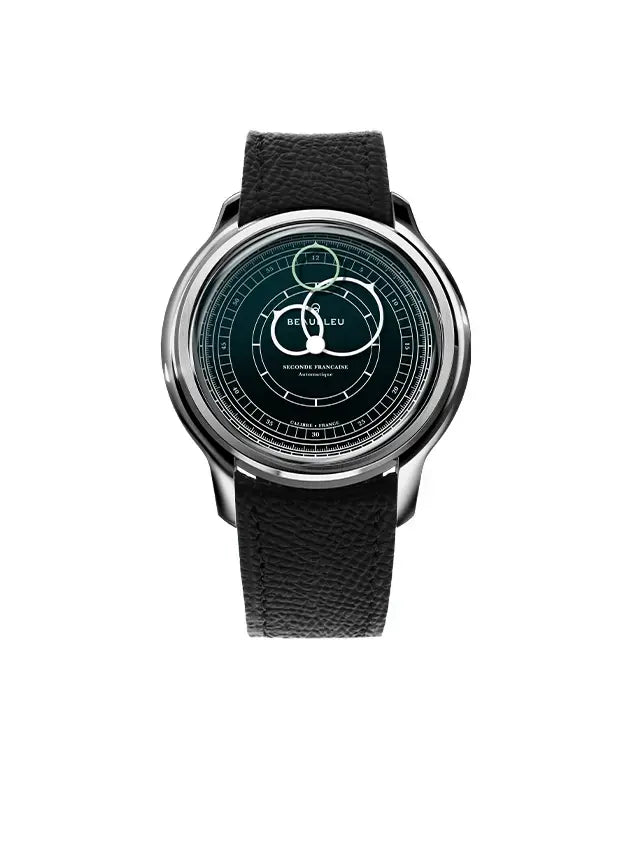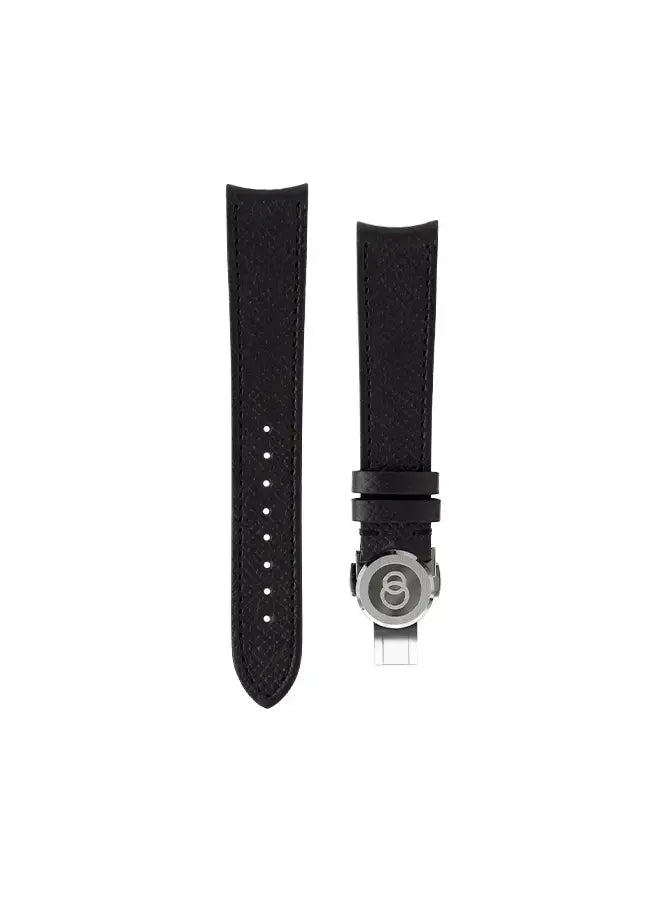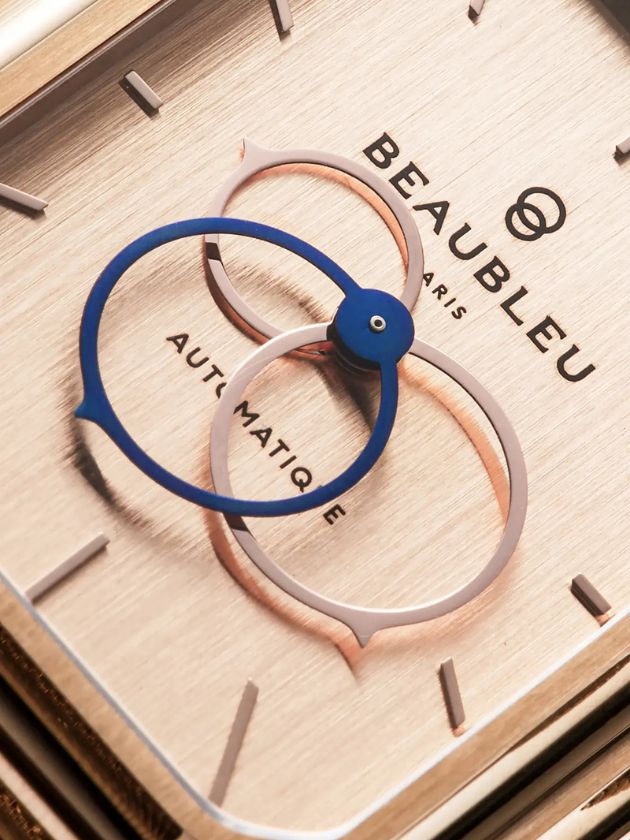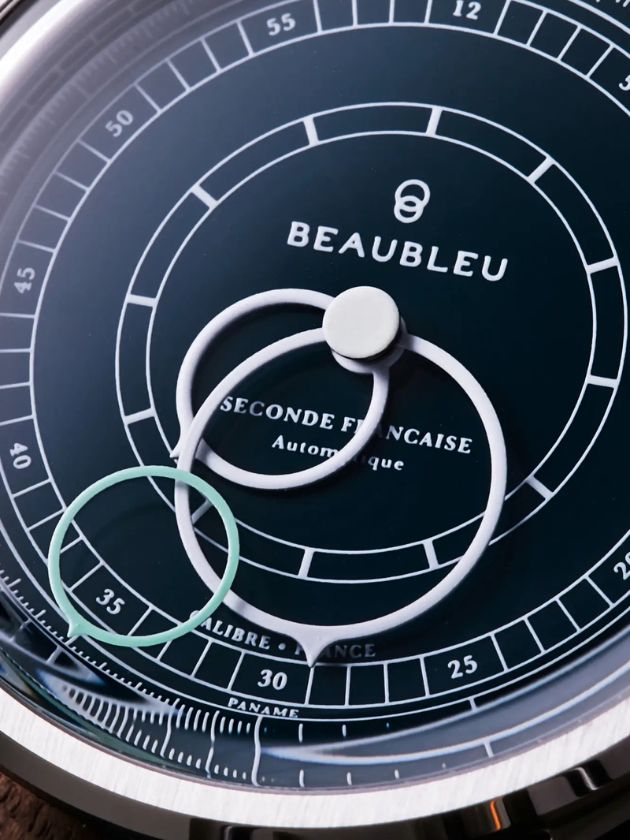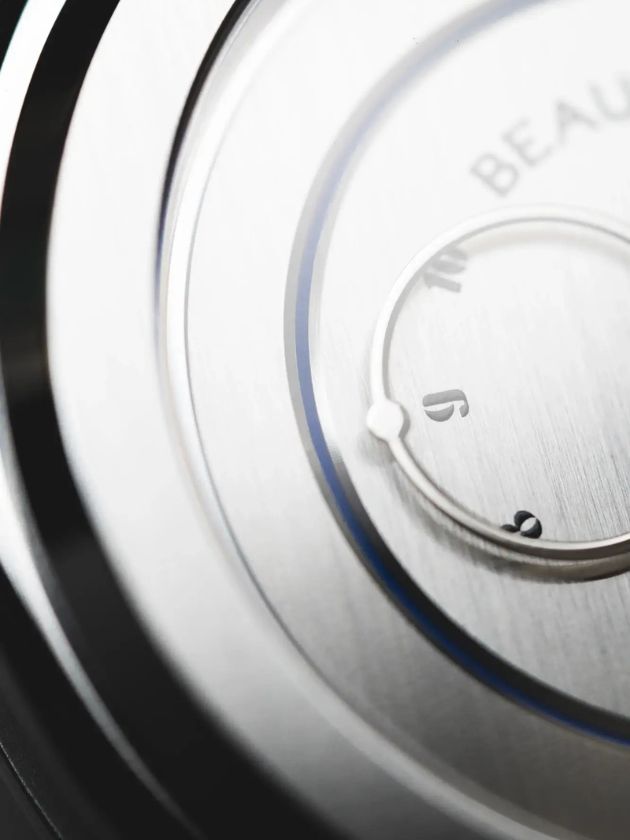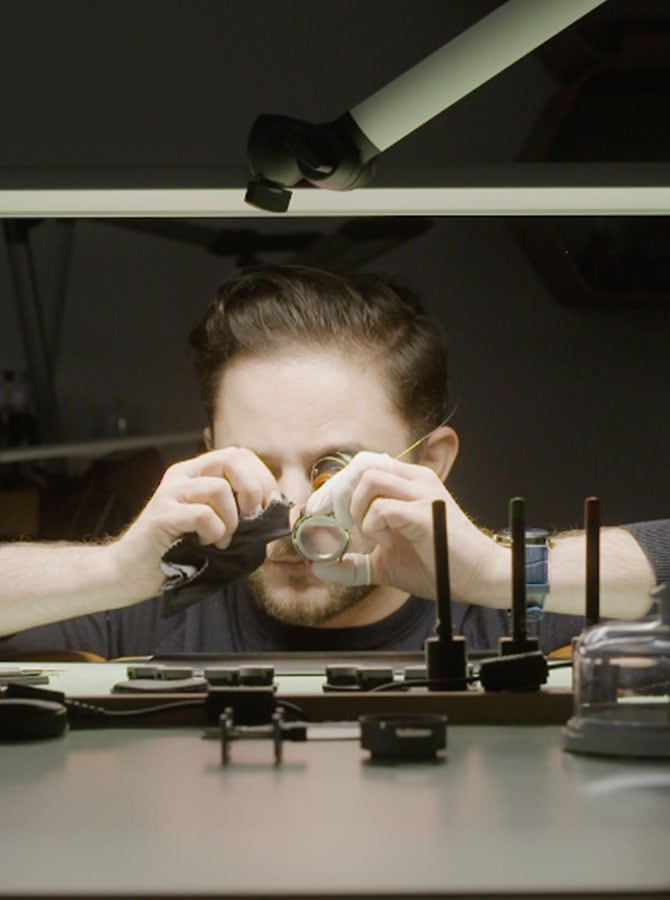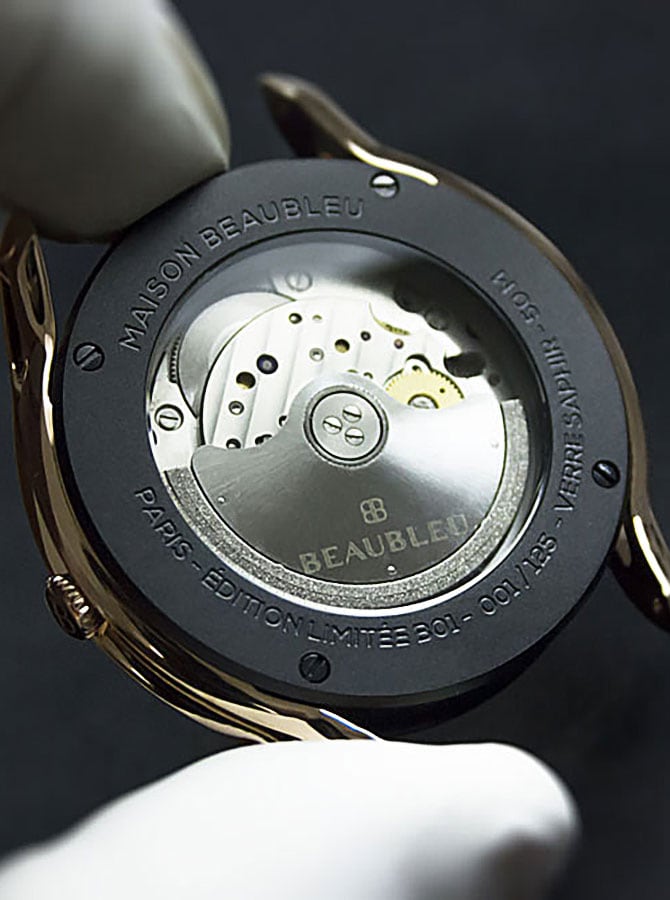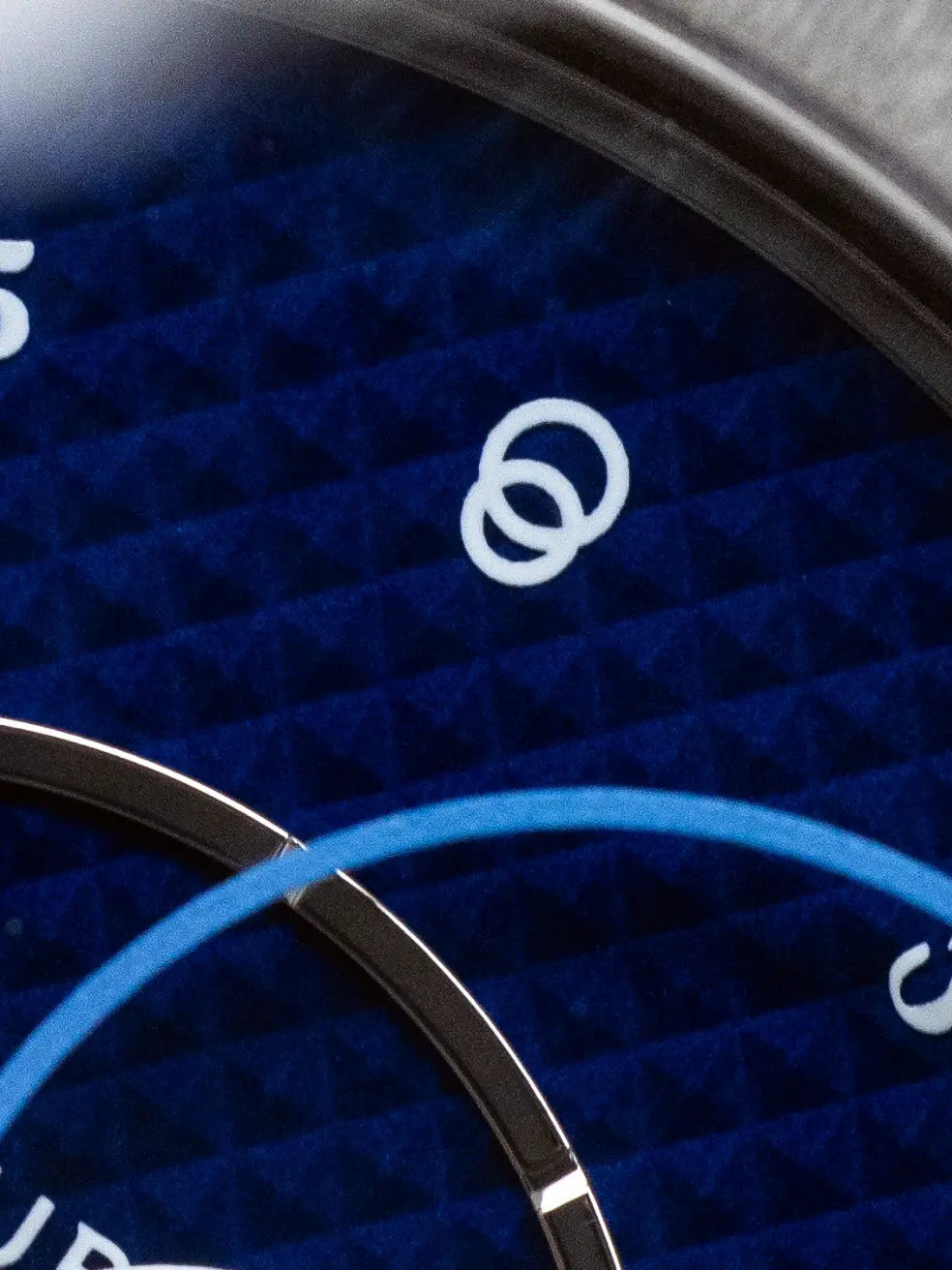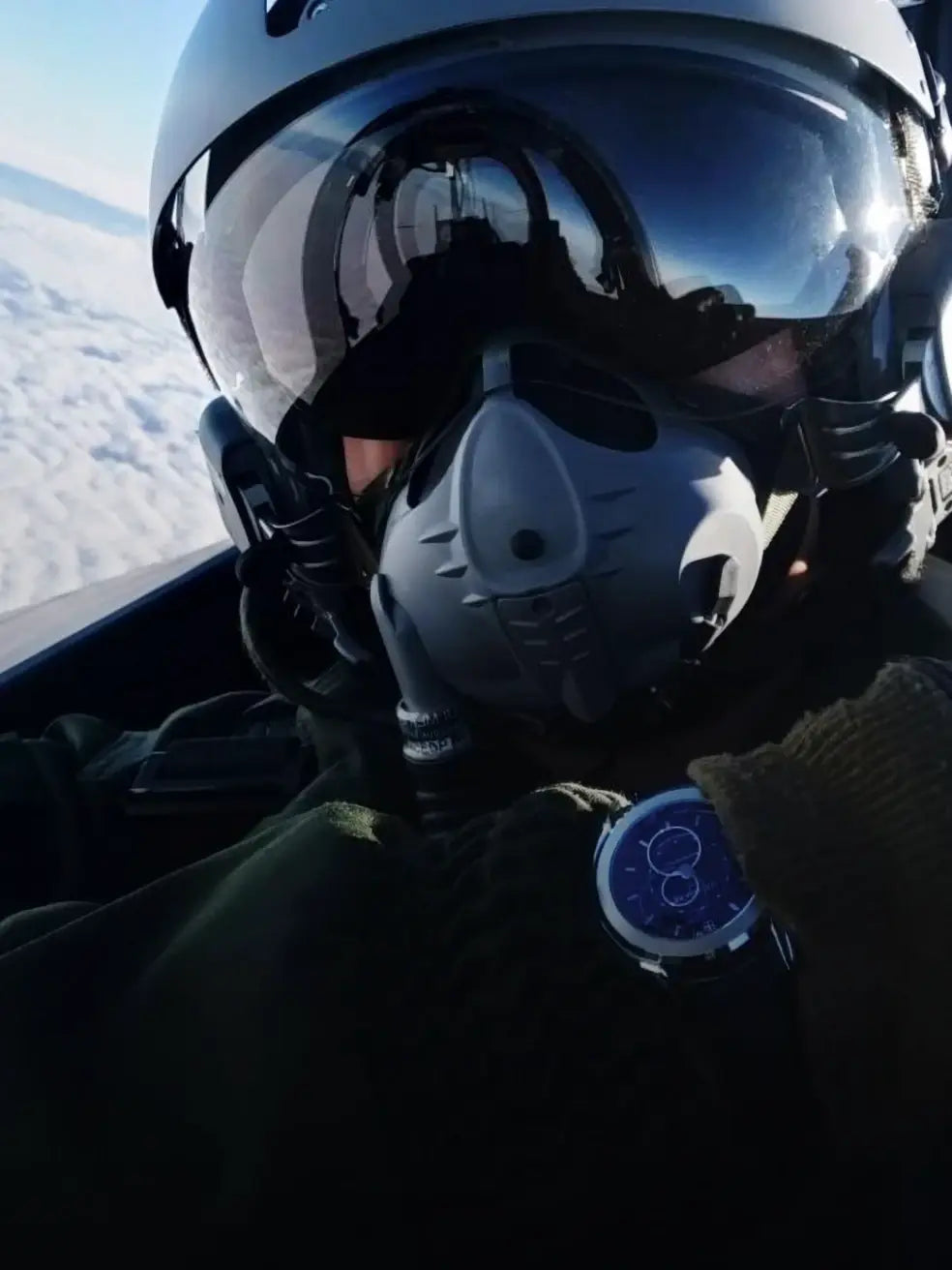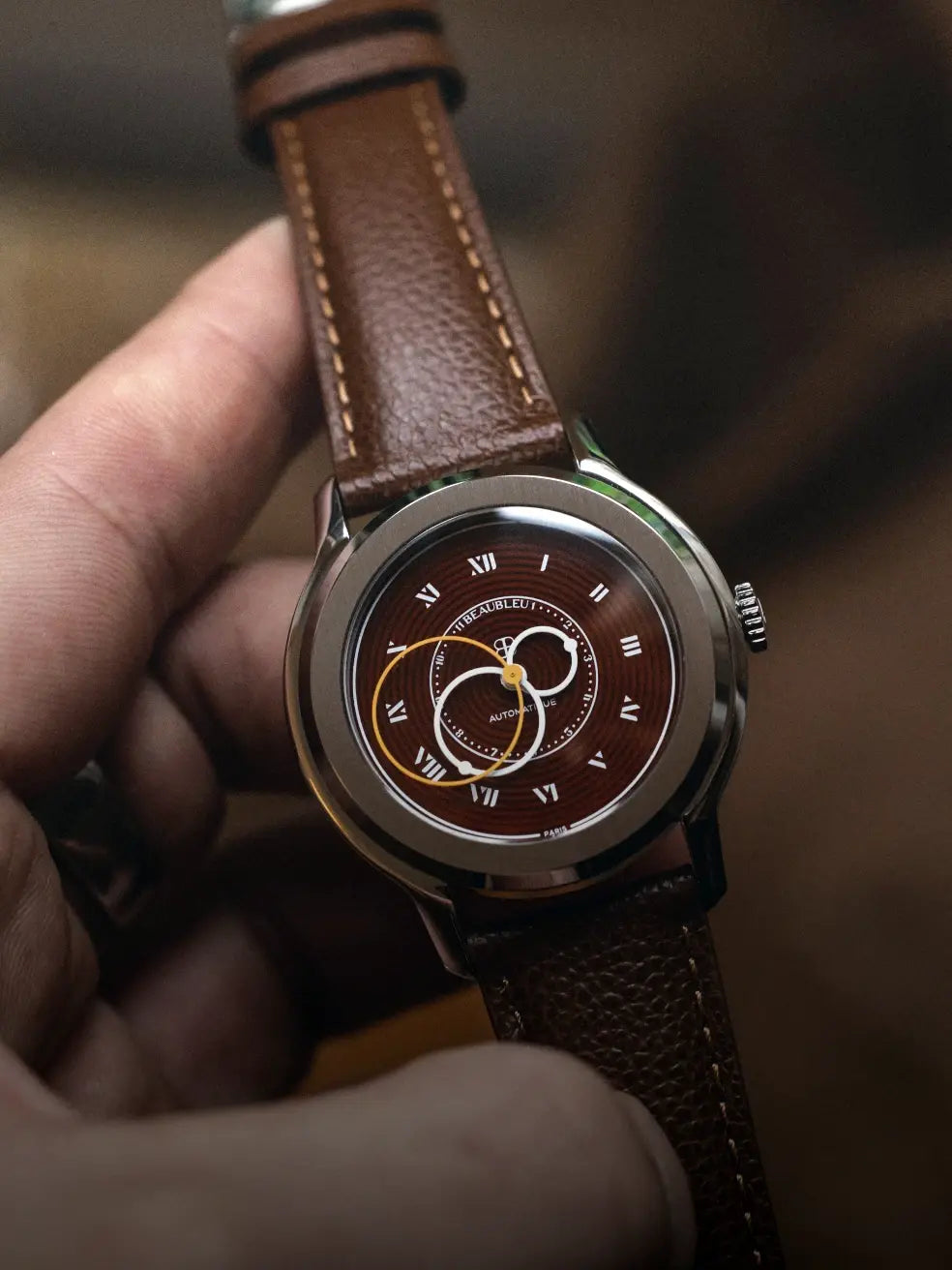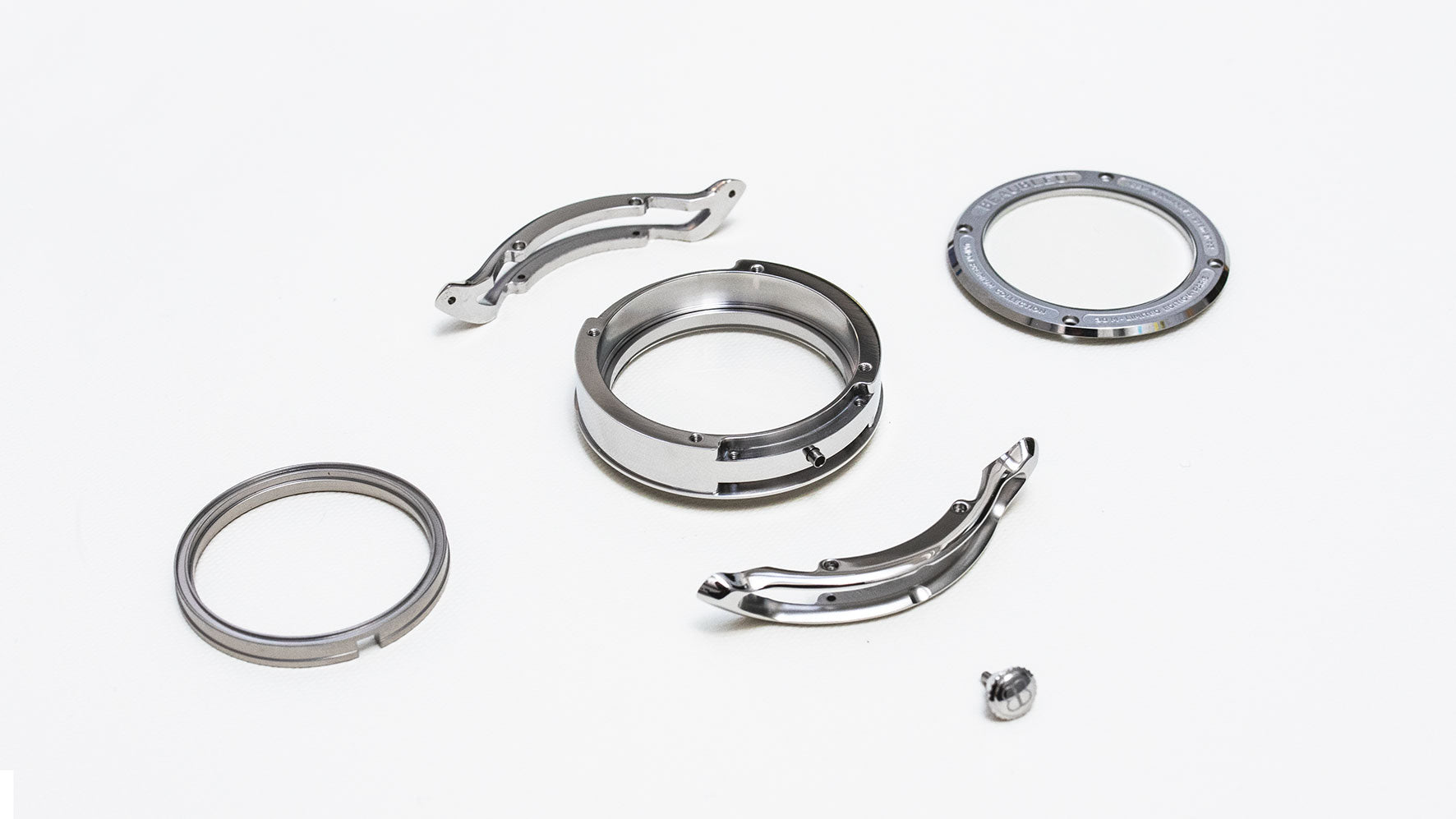
Step 2 in the production of the Union Collection: the cases
Second stage of production, the manufacturing of the Union Collection cases. In the previous article, you were able to discover how the dials took their flat or curved shape. Today you will discover the rest of the logbook, this time with the know-how surrounding the boxes.
Before starting, you should know that our boxes are not designed like any other boxes. Generally, the horns are an integral part of the case, but at Beaubleu, the horns encircle it and are screwed inside the case. The challenges involved in our design therefore lie in the fit of the parts and the treatment of the surfaces. An exciting process but not without risk...
April 18, 2020
We therefore begin manufacturing the boxes. Suffice to say that, for the moment, they are simple blocks of steel. It's going to be a long road before we get to the final part... To go from the rough draft to the finalized part, we have to follow different steps interspersed with measuring and annealing operations on the metal.
The first step in making the casing therefore consists of shaping it. A simple block which will successively be compressed and flattened around ten times using rolling mills – machines made up of hardened steel cylinders. This phase has an impact on the quality of the metal to make it compact, solid and modeled as close as possible to the final shape. Although this step may seem crude, each piece will have to pass a first strict dimension test, because each variation will be seen on the final product... The tension begins to rise!
May 5, 2020
Today we are in the workshop to check the first parts of this stage: stamping. We discuss with our craftsmen the various difficulties encountered and the solutions chosen.
The stamping operation, which is similar to cutting, consists of shaping the casing using a punch which crushes the material. Repeated several times, the metal gradually finds its shape. Between each stamping the part is annealed and remeasured again.
We begin to see the first elements of a Beaubleu watch such as the lugs. The latter are worked separately from the middle and today they are only a silhouette of the design. We remain merciless in the face of quality so each piece is annealed and remeasured. Non-compliant parts are reworked or completely redone.
May 18, 2020
Once the stamping is finished, the part is now ready to be machined. The machining process is an important step and a failure at this level of manufacturing can result in significant costs. This step consists of sculpting the final shape of the parts by focusing on the mechanical aspect, that is to say ensuring the placement and drilling for the screws, the adjustment of the parts to each other (lugs, cases and movements) and the quality of shapes (chamfers, fillets, curves and solid areas).
At this stage, there is no longer any doubt, we have the Beaubleu pieces before us. The lugs are hollowed out using an arm capable of positioning on 5 axes. This technique generally called “5-axis CNC use” is intended for small series, moreover in our case, it is the most advanced technique to obtain the expected result. The fineness of the lugs and their position on the watch must be processed both by a computer-controlled machine and then reworked by hand. Alex, a machining specialist, sums up his day for us with a laugh: “Your lugs are beautiful…but what hell to make”. To avoid spoiling anything, even if machined by machines precise to a tenth of a millimeter, each part is remeasured and remade from the beginning if considered non-compliant... the tension is palpable in the workshop.
May 30, 2020
We knew this, but the machining stage being extremely delicate, a large number of parts did not conform: deformation of certain parts due to a variation in the metal, cuts that were too large and many other “pleasures” unexpected. So we stay calm… and we start again. For the moment, this has no impact on production deadlines, it is already a first victory for today.
June 10, 2020
After the fear of the last few days and the relaxation of the Government's working conditions in the face of Covid-19, today we are beginning the most beautiful stage: the treatment of surfaces. We've gone from a rough block of steel to a raw watch, so it's time to give the Union Collection metal the final look: grained and polished. Firstly, all visible parts are placed in a waterproof box where very fine sand will be projected at high speed. The abrasion of the steel will then give this grained, almost powdery appearance. The challenge here is to best control the grain size to obtain homogeneous and delicate graining.
June 16, 2020
It's time to move on to the polishing stage. Using a lathe, the parts are polished, being extremely careful not to protrude onto the grained surfaces. Despite the dull noise of the machines, the workshop is plunged into religious silence, each craftsman is concentrated. A single movement can damage the sandblasted surface and if this is the case, we must restart the sandblasting completely.
Another element must be taken into account: the surface quality. Apart from the absence of scratches, the quality experts and our designer Nicolas check how the light and the environment are expressed on the watch. It's like a car body, the drawing of the reflections will tell you if the part is "veiled", concave or convex. It's clearly a question of experience at this level, because if you remove too much material during polishing, you're guaranteed to start the piece again from the beginning.
There is a special mention for hollowed out strings. As no motorized tool is small enough to polish the interior, the finishing is done entirely by hand. For the moment, things are progressing well, a few setbacks, as with all watch production, have been noted, but nothing alarming.
June 17, 2020
Small routine check on the first steel watches. The angles of the parts are well controlled and you can see yourself in the polished surfaces. Some parts have been reworked to comply with our quality requirements. Today there are still various stages such as the processing of certain models like the Audace or the Olympe from the Rive Gauche line and obviously the final assembly. In the meantime we will focus on our famous round needles and their manufacturing process will have almost no secrets for you.
